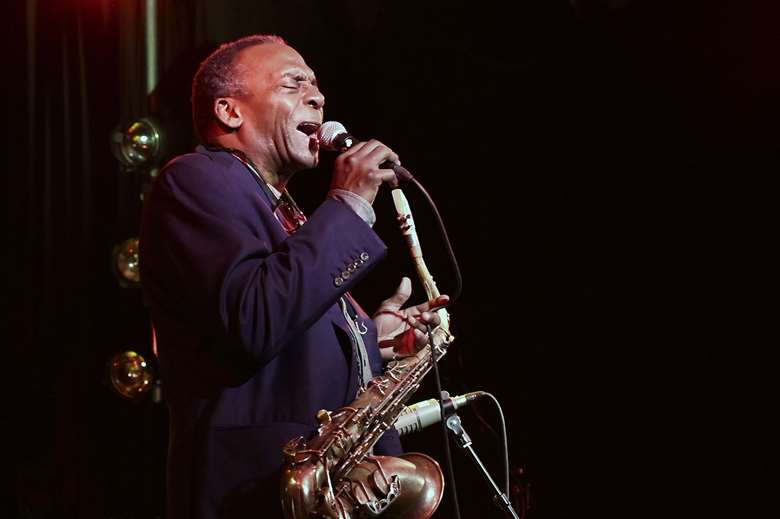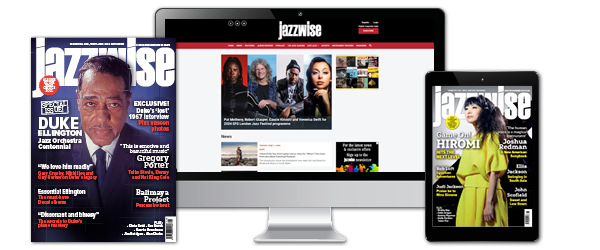Fresh talents from North-Rhine Westphalia and old master David Murray hold hands to heat up Cologne’s Stadtgarten venue
Martin Longley
Monday, February 24, 2025
Martin Longley spent three sharply different days in Köln, from NICA-nite to Winterjazz to catching the new David Murray Quartet…


Register now to continue reading

Thank you for visiting Jazzwise.co.uk. Sign up for a free account today to enjoy the following benefits:
- Free access to 3 subscriber-only articles per month
- Unlimited access to our news, live reviews and artist pages
- Free email newsletter


